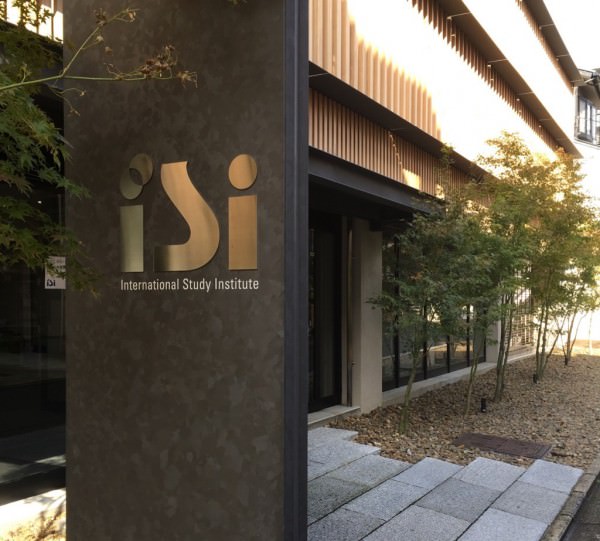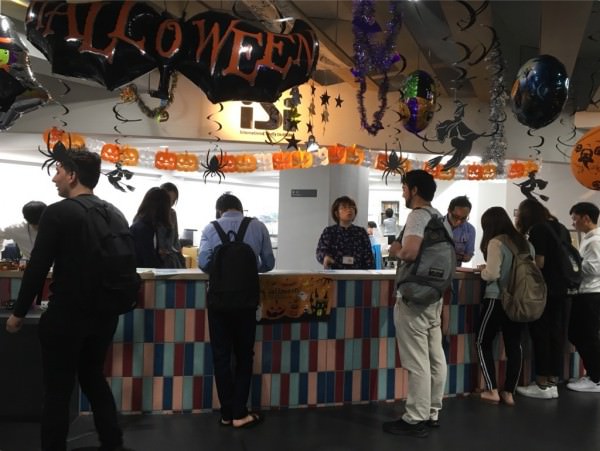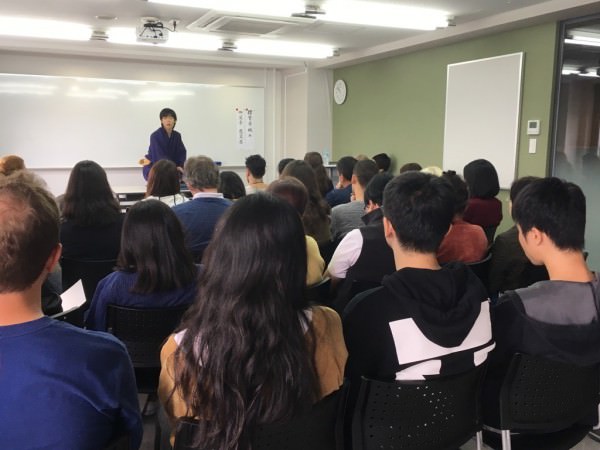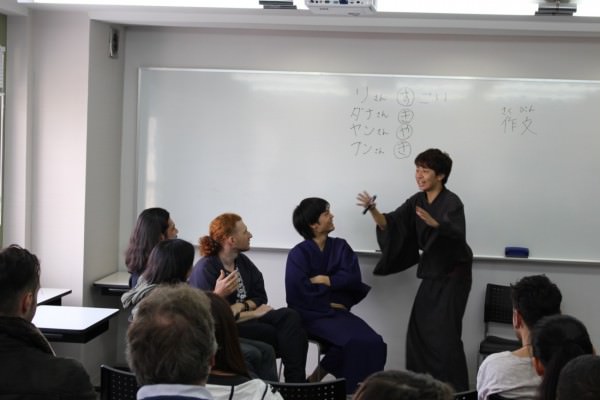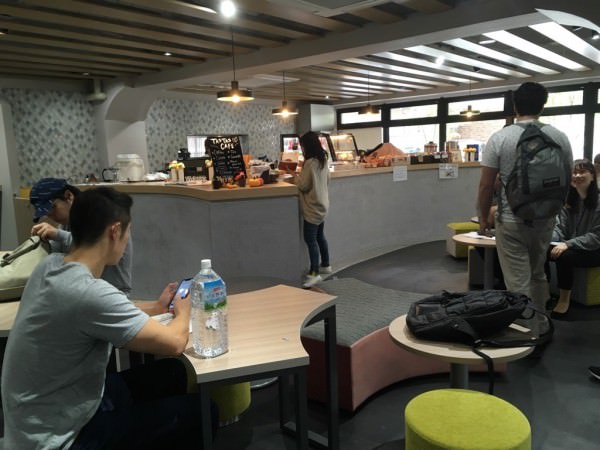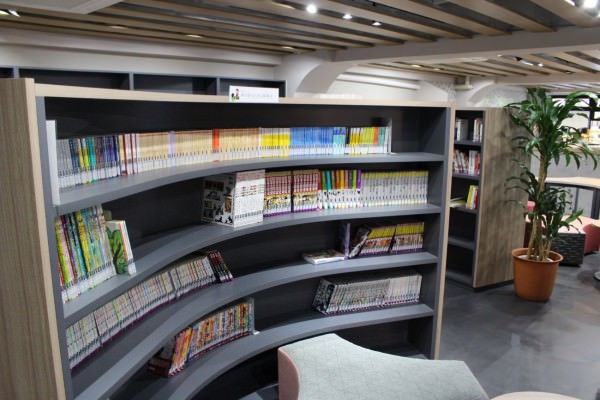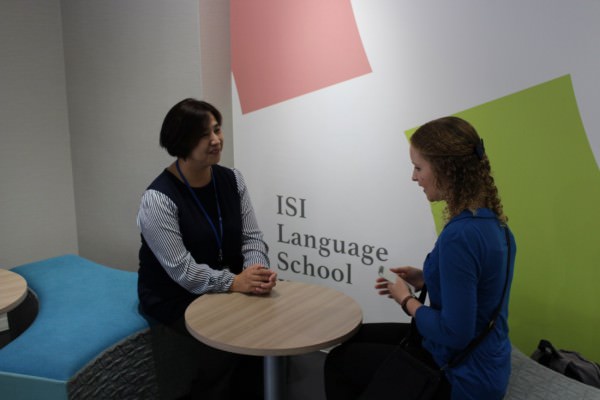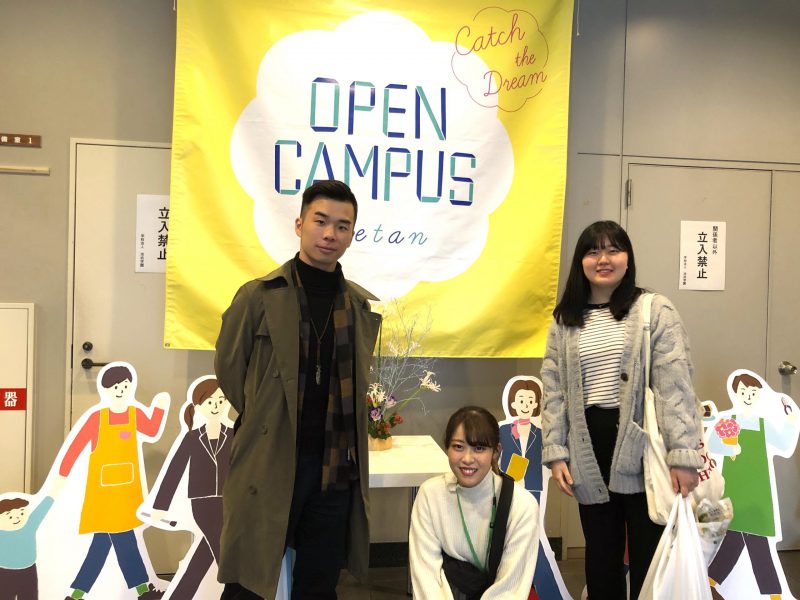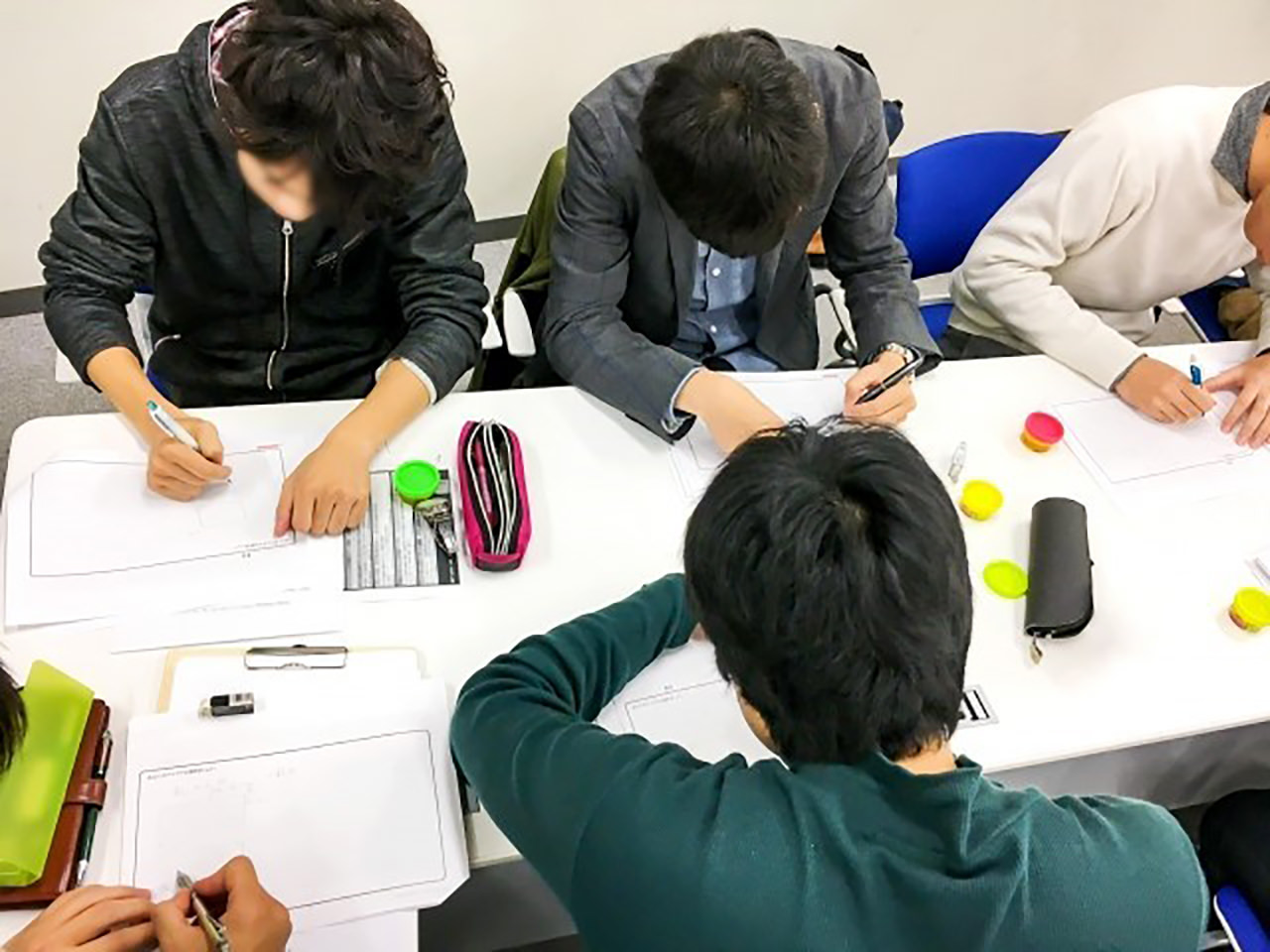Kyoto’s Japanese Language Schools
2019.01.08
ISI Language School, Kyoto
What kind of school is it?
In 2017, ISI celebrated their 40-year anniversary. Throughout their history, they have welcomed 12,000 students from over 110 countries. Currently, there are branches in Tokyo and Nagano where over 2,000 students study Japanese. The Kyoto campus opened in 2017 in order to teach the Japanese language to a wide range of students, from those studying Japanese for the first time, to students hoping to receive higher education or work.
Visiting Class
At ISI, an international student can not only study Japanese, but there is also a course in which students can learn, experience, and deepen their understanding of Japanese culture. For example, on Monday and Tuesday, students in this course may learn about a component of Japanese culture, such as Rakugo (Japanese comic storytelling), get to actually experience the culture on Wednesday, and on Thursday and Friday they will prepare a presentation on what they learned and got to experience.
I got the opportunity to participate in the “Rakugo experience” Two students from Kwansei Gakuin University’s Rakugo Study Group brought along the traditional props, a handkerchief and folding fan, and performed the stories “Tsuru” (Crain) and “Aona” (Leafy Green Vegetable) from their place on a cushion placed on some desks pushed together. The Japanese used in the performance was of course Old Japanese, and there was also some heavy dialect mixed in, so it was difficult for the international students to understand, but they were able to enjoy the acting and gestures performed.
After this, together with the Rakugo Storytellers, the students thought of AIUEO sentences, starting with sounds of the Japanese alphabet. In order to make AIUEO sentences, you must first pick a word, then everyone must work together to make a sentence with each letter of that word as the first letter of each sentence. Everyone must have been a bit hungry, because all of the ideas for the starting words were foods. Eventually, it was decided that we would go with the word “sukiyaki”, and everyone worked together to think of sentences that would start first with “Su”, then “Ki”, next “Ya”, and lastly “Ki.” Here is one of the complete phrases and its translation: “Sugoi, Kigaumaremashita. Yasaiwatonari, Kiotsuketeyasaisama.” (Wow, a tree is born. Dear Vegetables close by, please be careful.) All of the students, teachers, and storytellers laughed hard and had a great time together.
Hearing from the students
After class, I was able to ask these international students why they decided to study at ISI. I learned that they chose ISI because they would be able to experience Japanese culture. One Brazilian student runs a school in Brazil, and he hopes to start holding Japanese classes at this school. For that reason, he decided that he would spent 2 months in Japan learning about the country. He chose ISI in Kyoto so that he could not only study the language, but also the culture.
Next, I spoke to a Thai student. She too was not planning on studying in Japan long term, and every day after class, she says that she goes around touring Kyoto City. A Chinese student mentioned that many Chinese students go to Tokyo, but Kyoto is still full of culture from long ago, so she deliberately chose Kyoto instead.
Hearing from students that hope to study in Japan long term
It’s not only foreign students studying Japanese short term that come to ISI, but also students hoping to receive a higher education in Japan. Two Chinese students I spoke to said that at a different Japanese Language School there may be many Chinese students, and they would find themselves speaking Chinese amongst each other. At ISI, however, there are students of many nationalities, and they are able to practice Japanese when they talk to each other. These two students were in the process of applying to public universities in Japan. One of them was drawn to Kyoto because he likes history, and the other hopes to study at a public university in Japan because he wants to study under Nobel Prize winning professors. There was also a Dutch student that came to Japan in order to work on becoming a voice actress. Outside of class time he studies, works his part time job at a pub, and watches anime or reads manga, some of his favorite pastimes.
There were three things that stood out to me at ISI. The first is that there are two separate courses to choose from: one course for students studying in order to receive a higher education in Japan, and a second course for those hoping to learn about Japan and Japanese culture. Second, since there are students from many countries, students from the same country don’t always stick together, but can talk to students from all over the world. Lastly, the following scene stood out to me: as soon as an international student walked through the front doors, a staff member called the student’s name and asked, “What’s the latest with your missing bike? Is everything ok?” The executive director said that at the school, they value the “person,” and work to care for each staff member, teacher, and student. I felt that this was reflected in the scene I described above.
As one can tell from what I experienced, at Japanese language schools in Kyoto, the center of Japanese culture, not only can one study Japanese language, but cultural experiences are also plentiful. Wouldn’t you like to study at a Japanese language school in Kyoto?






